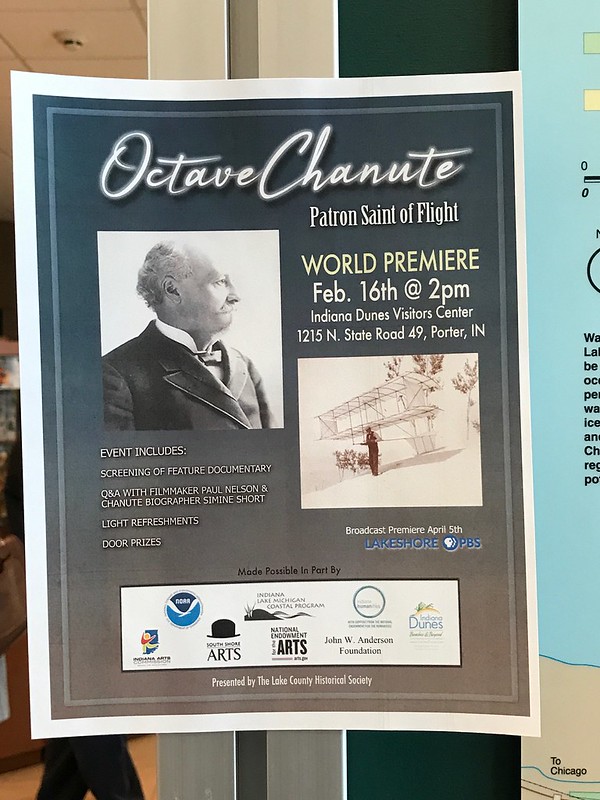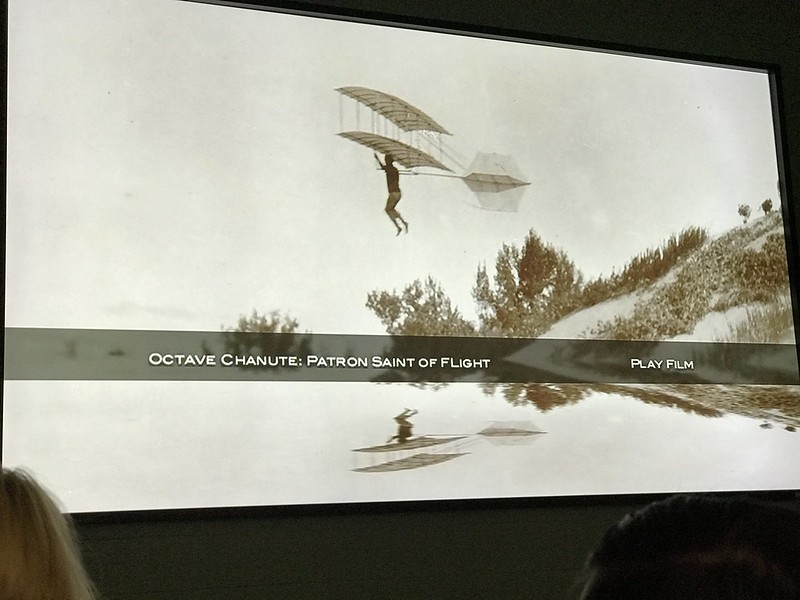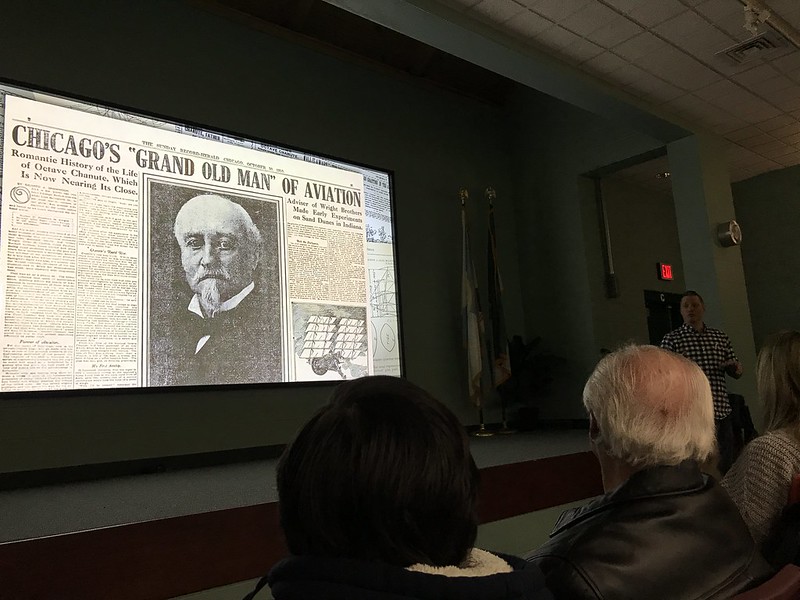I’ve seen more first-run movies with J. in the last month than I’ve seen over the last few years. The contributing factors are: (1) I downloaded Flixter for iPhone, so it’s easier for me to pay attention to what’s coming out and when, who’s in it, and whether it’s something I’d be interested in, (2) there seem to be a few more movies than usual in this category of late, (3) J. has been in a movie-going mood; he was the one who suggested seeing Bright Star, and (4) I’m not in ongoing pain 15 minutes after my last bathroom stop; this makes a huge difference, as anyone who has had 2+ pounds of tissue squashing their bladder can tell you.
So far, this is what we’ve seen.
Bright Star is a lovely tribute to John Keats and the inspiration for some of his finer writing, Fanny Brawne. The direction, however, didn’t take advantage of the screen or the possibilities of film, so the movie, confined by the localized narrative, felt small and narrow at times, like a solid edition of Masterpiece Theatre.
Later I learned that Keats and Brawne were both about 5 feet tall, a detail that was not included in their characterizations. They appear to be similar in height to their peers, and he is appropriately taller than his love interest. They are beautiful people in the tradition of movies, which colors the viewer’s perception of the sweetness and heat of their romance. Would we be as likely to swoon over the passion of a poet-hero who is self-conscious about his stature, which is that of a half-grown boy? Would we sigh as he gazes upon his diminutive lover eye to eye? Central Casting would never consent to that kind of realism for real people. We aren’t ready for a portrayal of Keats and Brawne as they actually were.
Me and Orson Welles might have been a more robust film had Welles received top billing and the fictional “me” been relegated to obscurity with the delete key. The story of an aspiring teenage actor’s experience and rivalry with Welles is not the stuff of greatness, but Christian McKay’s portrayal of Welles is. He’s not 22 like the prodigy Welles, but in every nuance — the set of the turned back, the tilt of the head, the hooding of the eyes, the inflection of the incisive voice — McKay has mastered the master. I caught my breath a few times, so well has he evoked Welles. The supporting cast, portraying the Mercury Theatre company on stage and off, including Eddie Marsan as John Houseman, Ben Chaplin as George Coulouris, and James Tupper as Joseph Cotten, also made me a believer. It’s just too bad the story and direction fell far short of the performances.
The Young Victoria surely didn’t glow like Emily Blunt; after all, we think of her as a prudish old woman during whose long reign science, industry, and the novel flowered and characters such as Dracula, Sherlock Holmes, and the evasive Jack the Ripper captured the public imagination. As in Bright Star, the representations are more attractive in a conventional sense than the originals. Beyond the human eye candy are sumptuous costumes and locales that make Victoria’s observation that “a palace can be like a prison” especially banal.
The Young Victoria is lovely and well paced — the time seems to fly. Like Bright Star, it suffers from a lack of substance. The villain, Sir John Conroy (played by Mark Strong, who appears as Lord Blackwood in Sherlock Holmes), the man who would control the regency, isn’t especially villainous or effective, and Victoria isn’t powerless against him. Although her situation is convoluted, and she finally realizes that she is young and naive in her new context, there’s little danger and no sense of suspense or drama. We know that Victoria will become Britain’s longest-reigning monarch and that Albert will die in early middle age after producing nine children with the queen.
There is no hint of anything in Victoria herself that contributed to the duality of Victorian culture — the surplus of educated women and the lack of employment for them; the focus on the family accompanied by an expansion of prostitution and the market for Gothic and erotic literature; the appearance of such dark aberrations as the Ripper; the battle between conventional religion and the boom in scientific discovery and knowledge.
While Albert is a bit more complex or at least duplicitous — he’s capable of discussing the strategy behind wooing the princess even while falling in love with her — in young Victoria we don’t see much of the older Victoria, or the rapidly evolving nature of the 19th century during which much of the status quo was challenged and eventually toppled. The Young Victoria is, not surprisingly, Victoria Lite.
If you’re an Arthur Conan Doyle/Sherlock Holmes purist, the Guy Ritchie film is not for you. If, however, you love the idea of a DC Comics-style live action hero battling a very bad baddie against a steampunk backdrop, you’ve probably seen the movie several times already.
It’s not that there’s a lack of Arthur Conan Doyle references scattered throughout, from one-liners to entire scenes. Lines, scenes, and even actions, however, don’t constitute character, and so merely saying things like, “The game is afoot!” doesn’t make the Robert Downey, Jr. character Sherlock Holmes any more than being fat makes me sing as well as Cass Elliot.
It’s easy to forget that Doyle’s Holmes was inspired in part by an Edinburgh University medical professor he admired, Dr. Joseph Bell, a father of forensic medicine renowned for his ability to draw conclusions from seemingly insignificant details. Instead of looking to Doyle or his inspiration, Ritchie and crew re-imagine Holmes as a flaky bohemian with hygiene issues, someone petty enough to argue with his roommate over an article of clothing, earthy enough to box bare fisted (illegally) for the entertainment of society’s dregs (the same type of folks who today support dog- and cock fighting), inventive enough to experiment with everything from anesthetics to silencers (unsuccessfully), and anal enough to retain scads of arcane information and to be able to retrieve it at will and factor it into the equation.
While Doyle’s Holmes is the consummate actor, able to win the confidence of the royalty and nobility of Europe as well as that of housekeepers, London cabbies, and the Baker Street Irregulars, Downey’s Holmes can’t fool Watson’s fiancée, Mary. He even has to be prodded to “clean up” (with little effect that I could see) after a night in the lockup.
Doyle’s Holmes could have been an example of mild Asperger’s, which would explain his phenomenal memory, his single mindedness and unerring eye for minutiae, and his ability to write an entire monograph on tobacco blends.
The film Holmes is more of a flawed superhero with amazing abilities tainted by a few mundane weaknesses. Even his admiration for “the Woman,” Irene Adler, and her masculine ability to dispassionately stay one step ahead of him, is transformed into a BDSM sexual relationship — an outcome I’m certain Doyle never envisioned for his pointedly asexual detective.
Over the years, Holmes, his milieu, and the mysteries he solves have become a reflection of contemporary times. Basil Rathbone’s stellar portrayal was wasted on a series of low-budget movies in which the great detective is yanked out of time and plopped into World War II, with spying as valuable an activity as detecting. The Holmes of the 1976 film, The Seven-Per-Cent Solution, is another Holmes for his times, addicted to cocaine, neurotic, and in need of Freudian therapy.
The 1980s and 90s, bland as they were, brought us the most accurate representation since Conan Doyle in the form of Jeremy Brett, who is distinctly not bohemian in appearance, tastes, or lifestyle. He’s alert, incisive, ironic, imperious, bored, and occasionally somber when he realizes he’s made a terrible mistake. Brett captures a key element noticeably absent in Downey’s characterization — Holmes’s maddening yet well-deserved arrogance that is rarely humbled.
David Burke and then Edward Hardwicke excel as Watson, always a step behind but quick to catch up with a little prompting. They’re surrounded by a cast and a setting Conan Doyle might have selected himself. Indeed, the Ritchie Sherlock Holmes pays homage to the Granada Television series by duplicating the beginning of its title sequence, as a cab rounds the corner onto Baker Street.
With the legacy of Basil Rathbone and Jeremy Brett behind us, there he is, the Sherlock Holmes of our age — part comic book action hero, part substance-addled rock star, part failed inventor — traipsing about a steampunk land worthy of Howl’s Moving Castle, with special effects galore. It doesn’t matter that he little resembles the Sherlock Holmes of Conan Doyle’s invention, only that there’s enough action, suspense, and excitement to draw millions of moviegoers willing to spend $10 to $15 (or more) a pop.
That’s the cynicism of our times. Muscle edges out mind, and nonstop action replaces contemplation; I can’t see Downey’s Holmes warning Watson that “it is quite a three-pipe problem.” The affectionate, sometimes ironic banter between Holmes and Watson has been transformed into bickering, and Holmes’s indifference toward women is now passive-aggressive childishness toward the waspish Mary. Just so we know that this isn’t your great grandfather’s Sherlock Holmes, a gratuitous fart joke is tossed in. Why? Because otherwise Sherlock Holmes isn’t blockbuster material. If Sherlock Holmes as written can’t generate millions in revenue, then he simply needs to be re-invented — keeping the name, the gloss, and the cachet.
While there is little Holmes in Sherlock Holmes (and not much more Watson), it’s still an entertaining action film, with a barrage of exaggerated sound complementing the barrage of exaggerated visuals, although the immediate flashbacks and forwards grow tiresome quickly like any overused gimmick. There are plenty of explosions and explosive moments, exposure to which could explain why Holmes can’t seem to hear or notice anyone right behind him until it’s too late. The industrial color palate should appeal to the steampunk crowd, almost making up for the plethora of sometimes laughable continuity and logic issues (one hint: It would be difficult to defend Watson’s flagrant medical incompetence).
When we returned here, I turned on BBC America, and there was Robert Downey, Jr. on The Graham Norton Show. In a sketch taped in silent movie mode, referring to Downey’s star turn as Chaplin, Norton mouths a question on the title card that appears, “Why didn’t they get a proper British actor to play Sherlock Holmes?” Downey flies into a silent rage, jumping up and knocking everything off the table, finally sitting down again in an enraged snit. His title card: “Dunno.”
But that’s not “quite a three-pipe problem,” either.











